A residential solar inverter is a crucial component of a solar energy system. It converts direct current (DC) electricity generated by solar panels into alternating current (AC) electricity, which is used to power your home or be fed back into the grid. Here’s a detailed look at its functions:
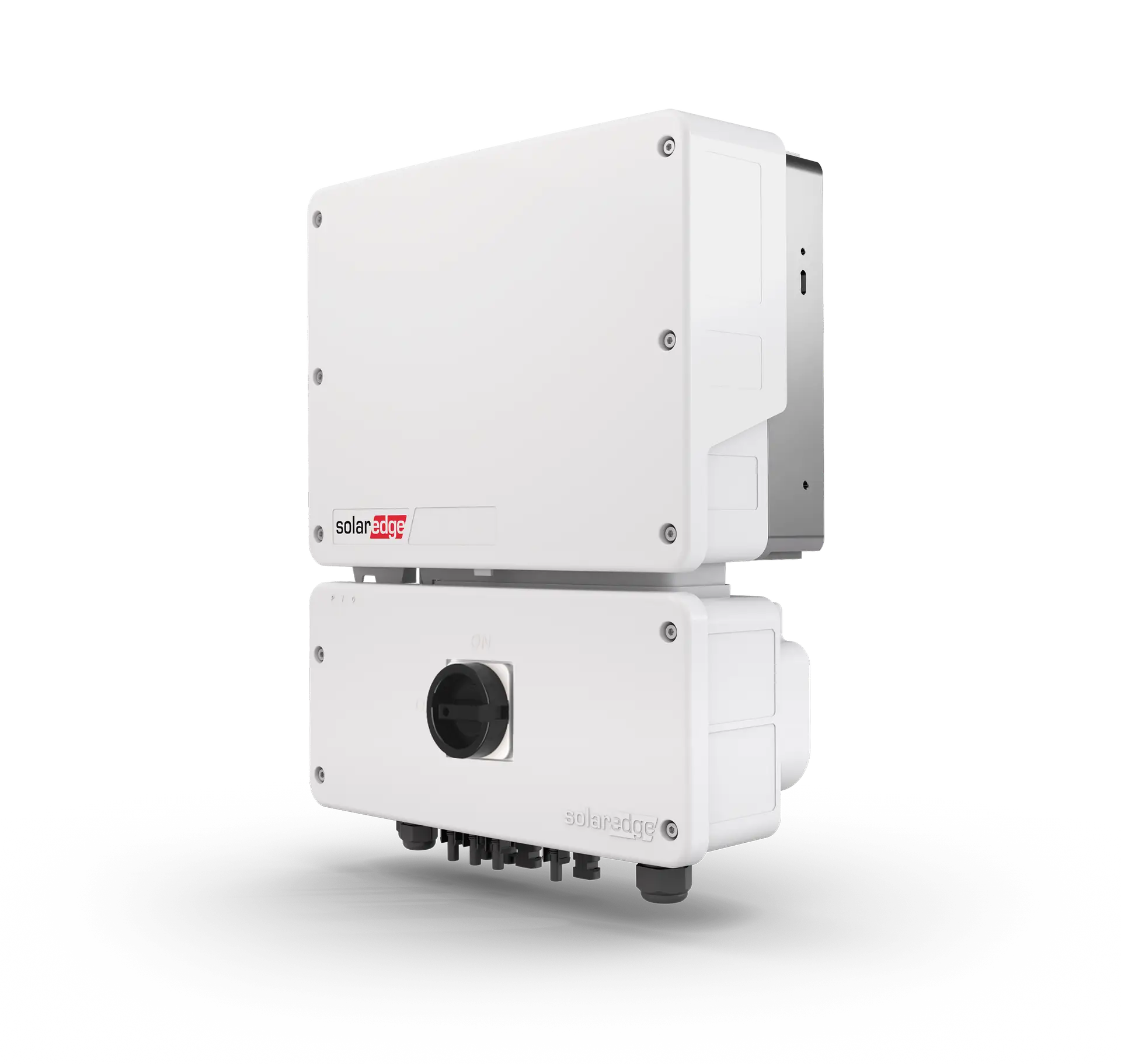
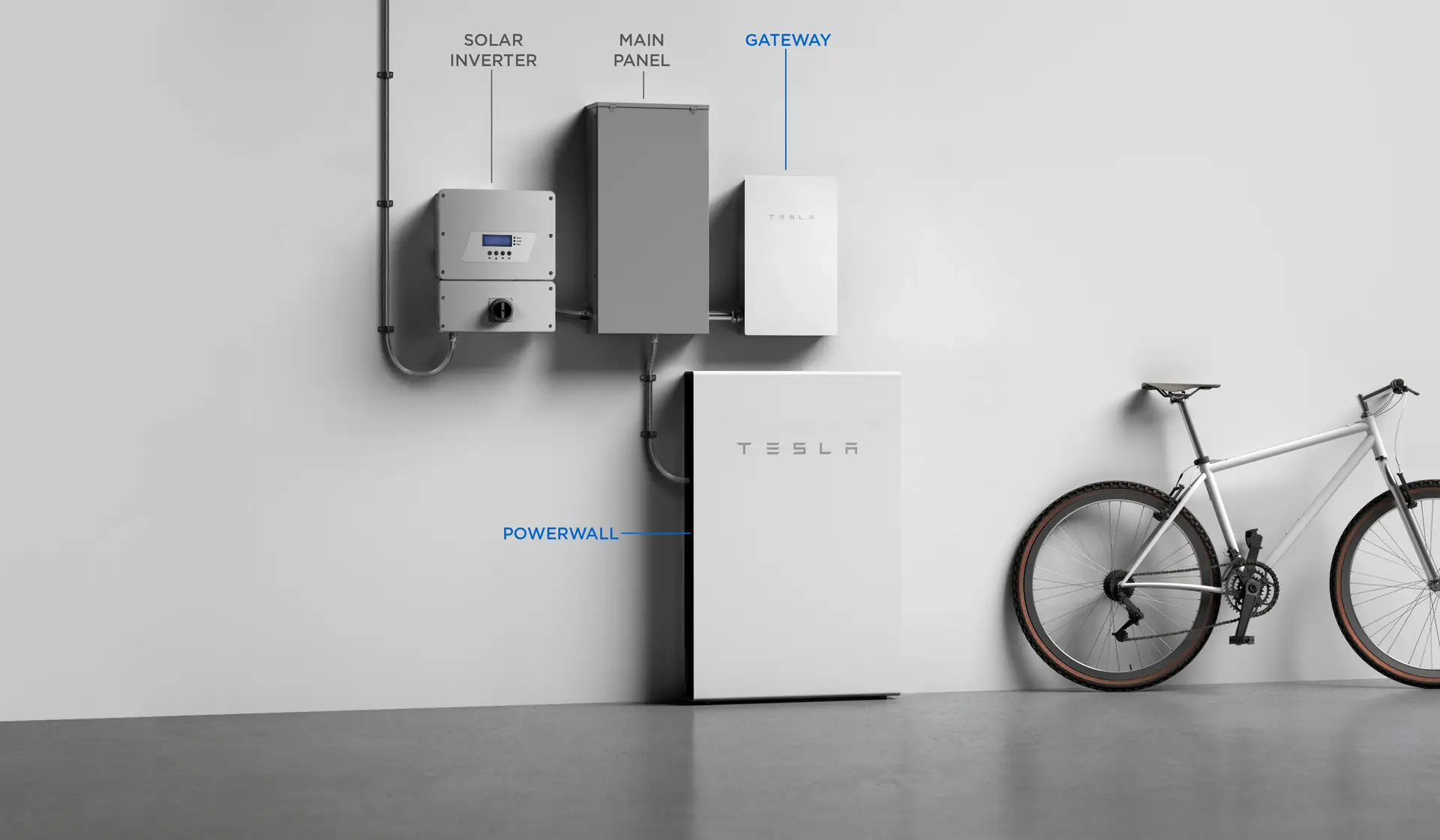
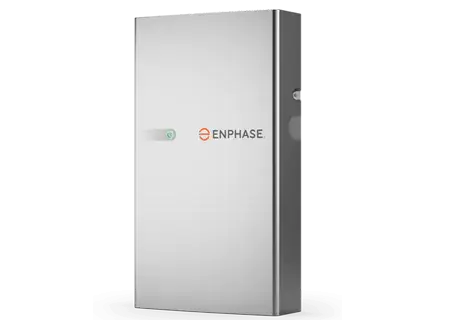
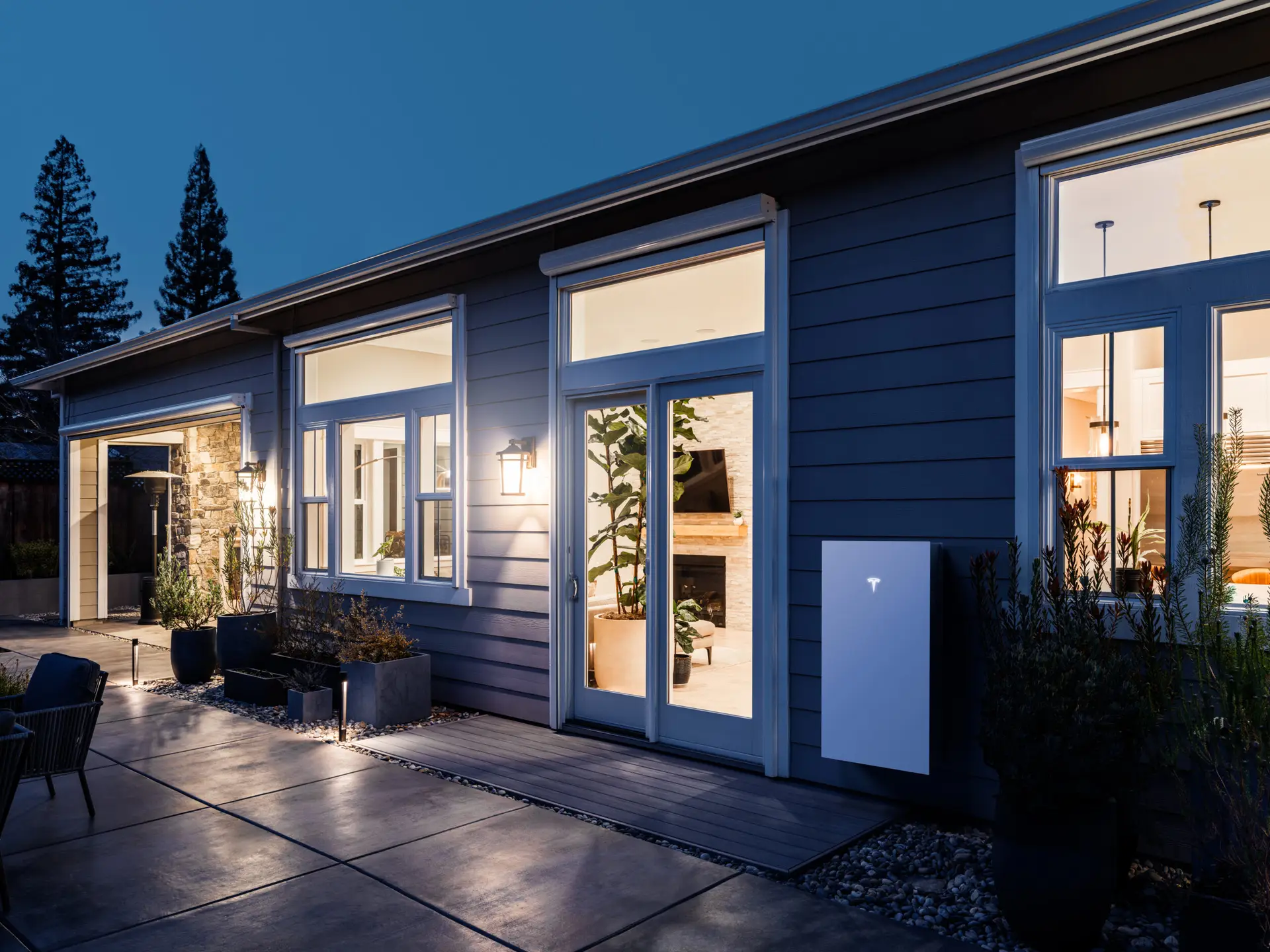
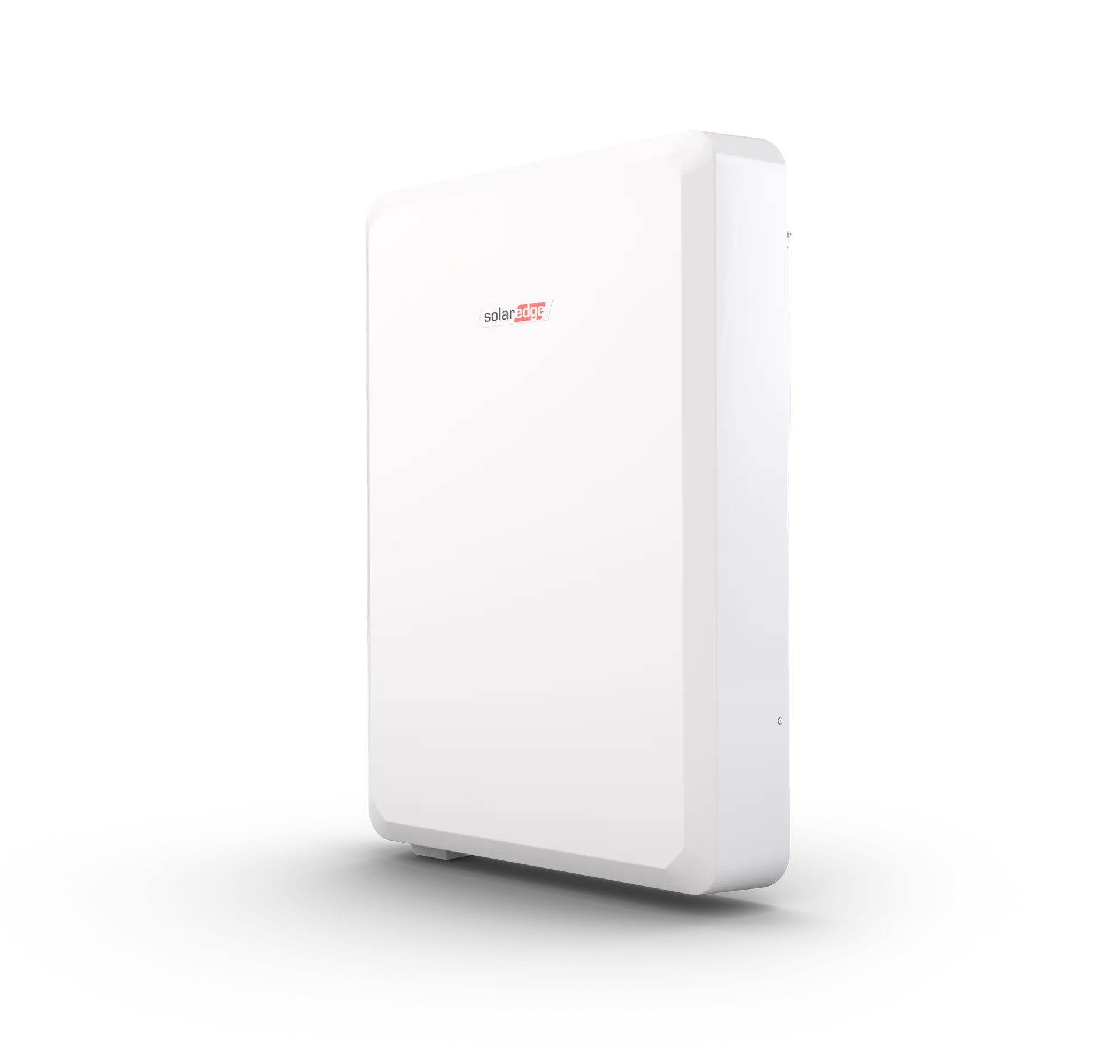
Selecting the right inverter is critical for maximizing the efficiency and longevity of your solar energy system. Here are key factors to consider: